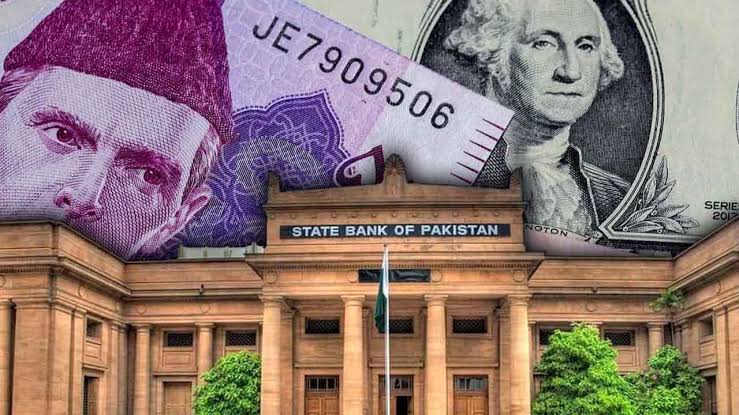|
Getting your Trinity Audio player ready...
|
Private Sector Lending and Economic Challenges– During the initial half of the current fiscal year, the State Bank of Pakistan (SBP) disclosed data illustrating a persistently negative trend in bank lending to the private sector, indicative of a challenging economic growth environment.
From July 1 to December 15, the private sector actively reduced its debts, reflecting a net debt retirement of Rs41 billion, in stark contrast to the net borrowing of Rs141 billion during the corresponding period in the prior year.
Bank disbursements to the private sector exhibited a significant drop to just Rs208 billion in FY23, as opposed to the notable figure of Rs1,329.7 billion recorded in FY22, consequently contributing to a contraction in the GDP for the year. Presently, various macro indicators paint a somber economic picture, with banks increasingly opting for substantial investments in risk-free, high-yielding government papers that offer returns exceeding 22%.
Despite the government setting an economic growth target of 2-3% for the current fiscal year, Large-Scale Manufacturing (LSM) production witnessed a decline of 4.08% in October on a year-on-year basis.
The negative growth was predominantly attributed to sectors such as textile, paper and board, iron and steel products, electrical equipment, automobiles, and furniture. LSM output also contracted by 0.4% during July-October FY24, according to data from the Pakistan Bureau of Statistics (PBS).
Analysts expressed astonishment at the economic challenges, questioning the feasibility of economic growth without a steady supply of liquidity. The negative lending trend to the private sector is linked to the elevated cost of borrowing, causing banks to exhibit hesitancy in extending loans to the private sector, given the prevailing 22% policy interest rate.
Read Also: Hyperinflation and Pakistan Economic Challenges
Some banking professionals propose that the recent upswing in the equity market enticed substantial investments from banks, enabling them to generate increased profits prior to a substantial correction in the Pakistan Stock Exchange (PSX), which witnessed an over 11% decline since December 12. Additionally, banks managed to circumvent a 40% tax on windfall profits by securing stay orders from the courts.
Analysts highlight that the government’s extensive borrowing from banks leaves minimal room for the private sector. The allure of risk-free substantial profits from government papers is cited as a key factor contributing to the reluctance in lending to the private sector.
Commercial banks reported a net debt retirement of Rs51.4 billion, contrasting sharply with the net lending of Rs262 billion during the same period in the previous fiscal year. However, Islamic banking branches of commercial banks recorded a net lending of Rs13.1 billion to the private sector, in contrast to a net debt retirement of Rs151 billion in the same period of FY23.
Despite this, Islamic banks also faced poor performance, witnessing a net debt retirement of Rs2.6 billion during this period against a net lending of Rs31.4 billion in the corresponding period of FY23.

